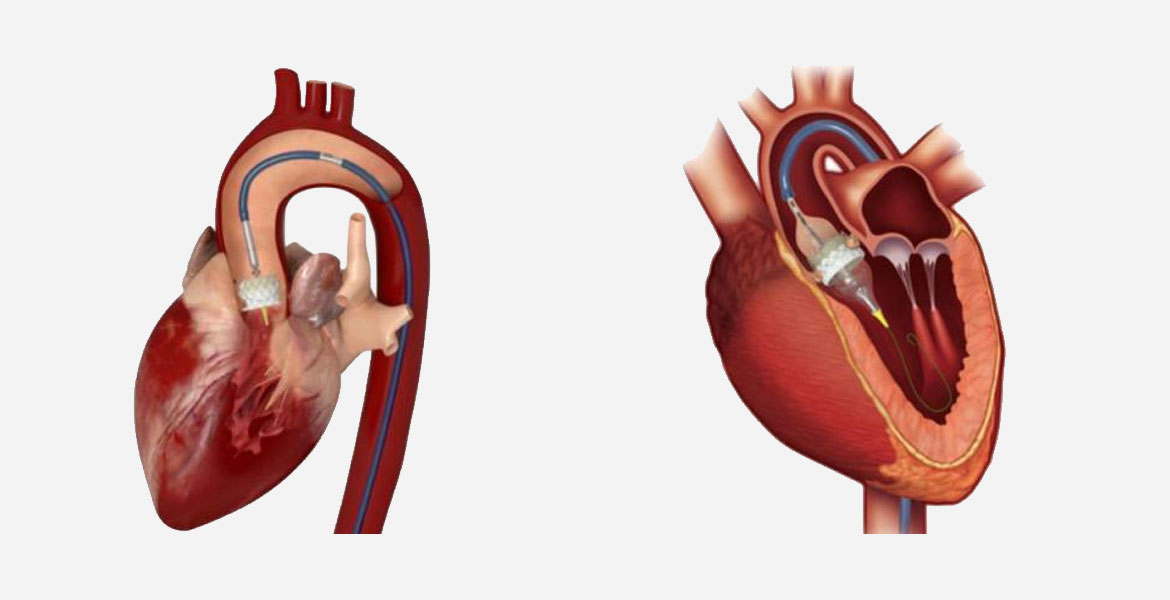
Rotational atherectomy (RA) is another ablative modern technology that allows percutaneous coronary intervention in complicated, calcified coronary lesions. RA works based on 'differential cutting' and preferably ablates hard, inelastic, calcified plaque. The purpose of RA use has evolved from plate debulking to plate adjustment to allow balloon angioplasty and optimal stent development. Clinical experience over the last 30 years has notified the current best practices for RA with the use of tiny burr sizes, short ablation, 'pecking' movements, and the prevention of sudden decelerations. This has led to significant enhancements in procedural safety and a reduced percentage of related health problems.


.jpg)

